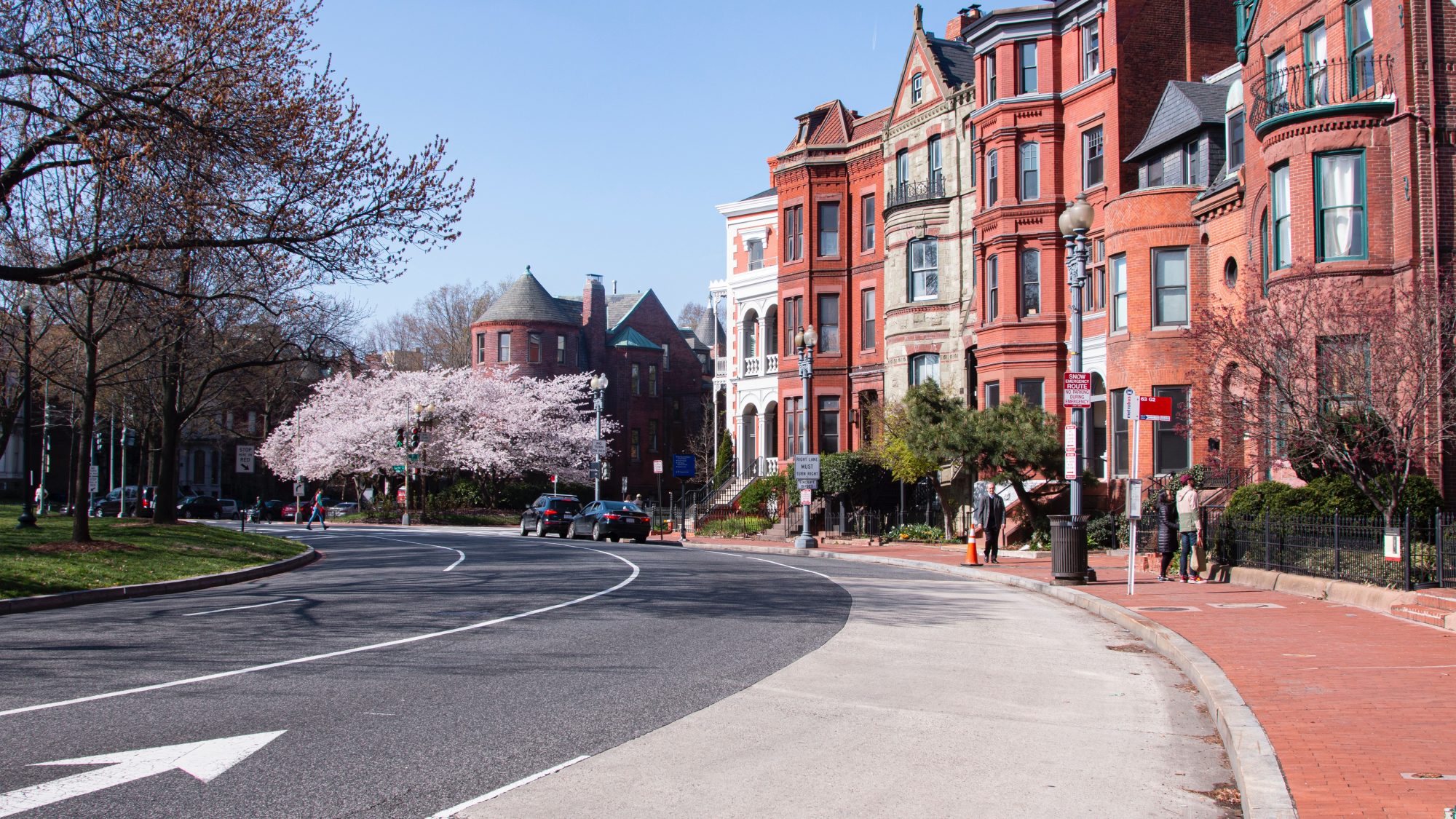What the District of Columbia learned about DC Flex in its first year:
1. 668 families entered the program lottery, and 229 randomly selected families were invited to participate.
2. Among the invited families, only 45% remained eligible from the time of application to the time of enrollment. An unknown number of participants was eligible but turned down the program.
3. 42% of participants exhausted all of their DC Flex dollars by their ninth month in the program. 59% of participants spent the full $7,200 over the course of the year.
4. While the flexible subsidy did not lower homelessness rates, the use of other homelessness support programs decreased significantly (-29%). For example, fewer DC Flex families accessed Rapid Re-Housing, a widely-used program that provides short- to medium-term rental assistance and support to unhoused families.
5. Among the 102 participating families, 88% opted to re-certify for a second year. The Urban Institute found that 94% of the participating families surveyed were satisfied with the program.
